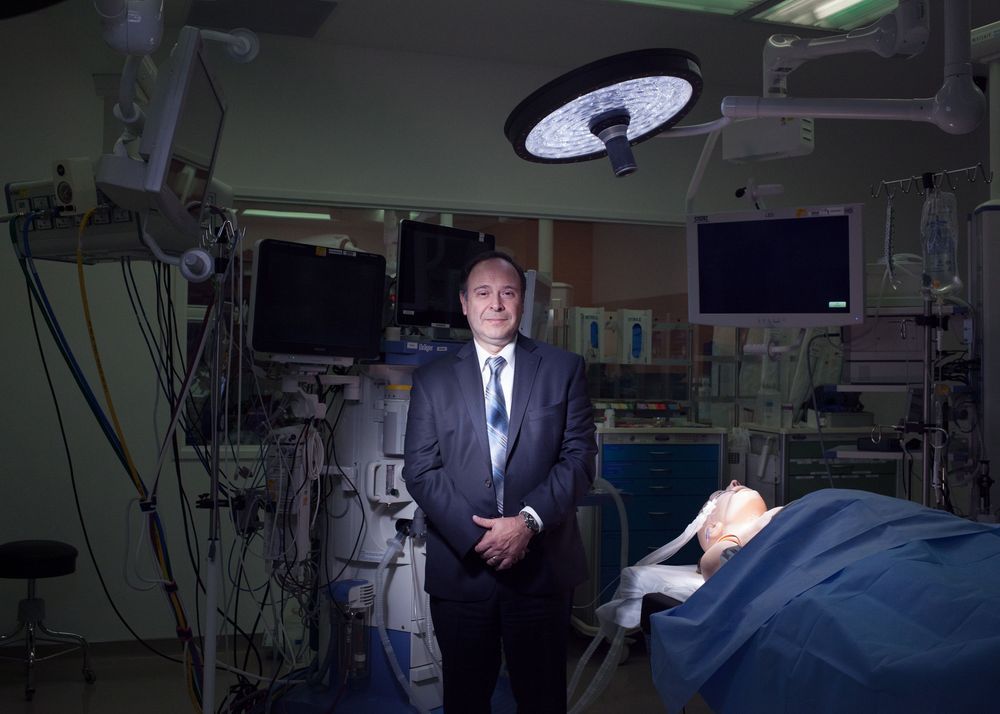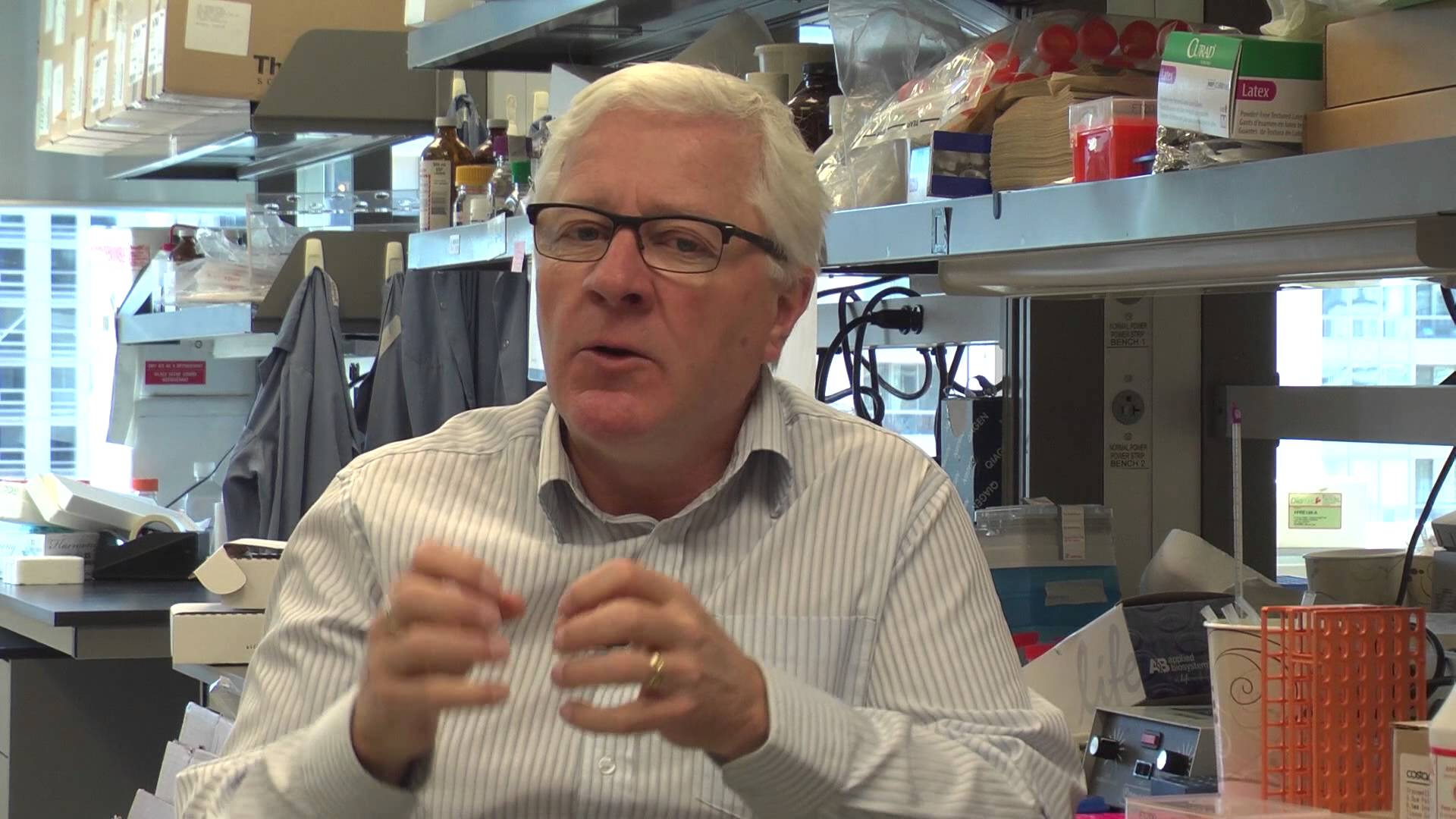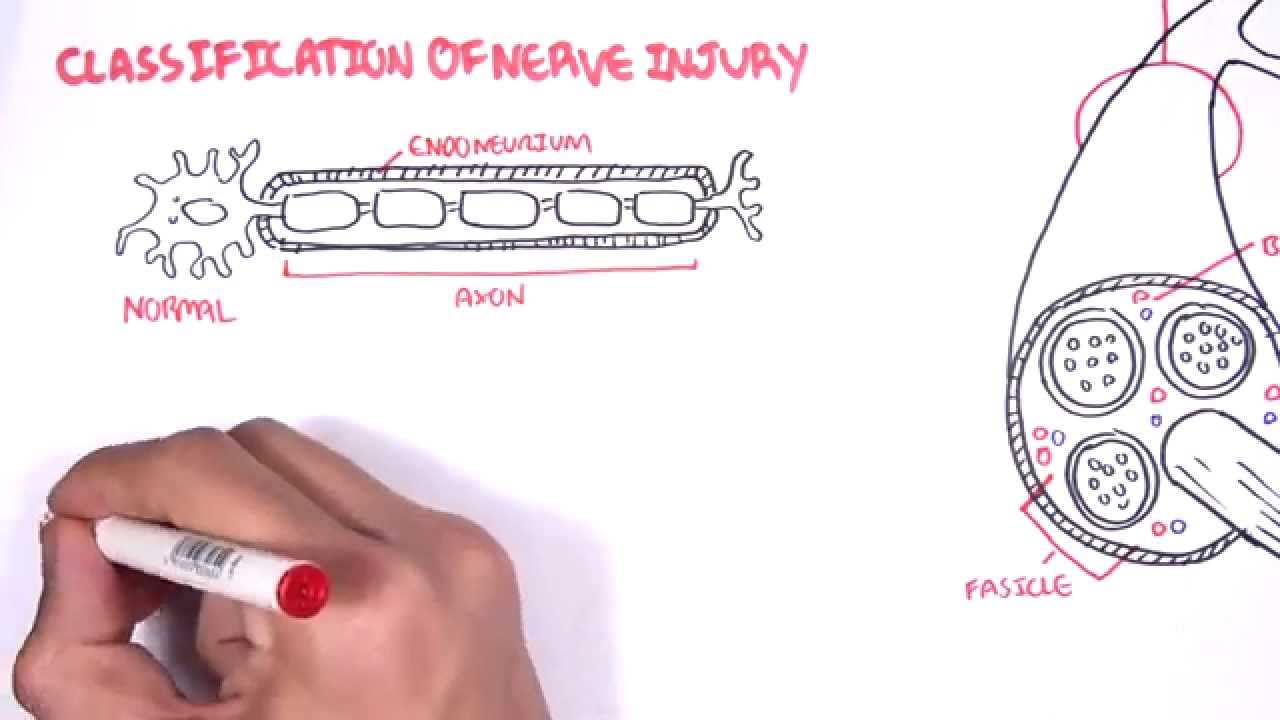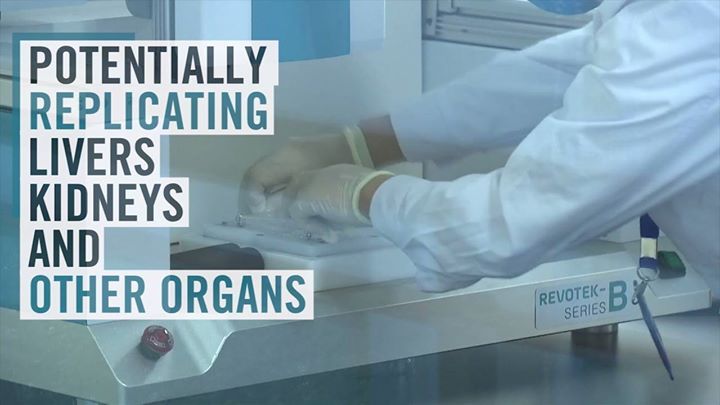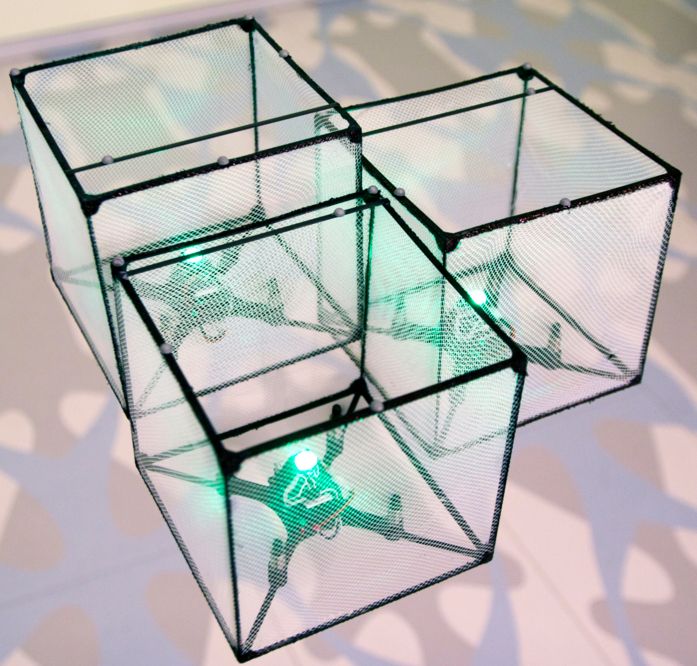Nov 9, 2015
A Bright Future: Breakthrough Gene Editing Trial Reverses Leukaemia
Posted by Roy in categories: biotech/medical, innovation
A pioneering gene editing therapy has shown remarkable success in a unique trial at Great Ormond Street, paving the way for a wave of gene editing trials.
A world first
Not long ago, 1 year old Layla Richards had an incurable form of leukaemia and the prognosis wasn’t looking good. After a determined search for a cure, Layla underwent an experimental therapy in which ‘designer’ immune cells were implanted that would destroy and replace her own ailing immune system.

